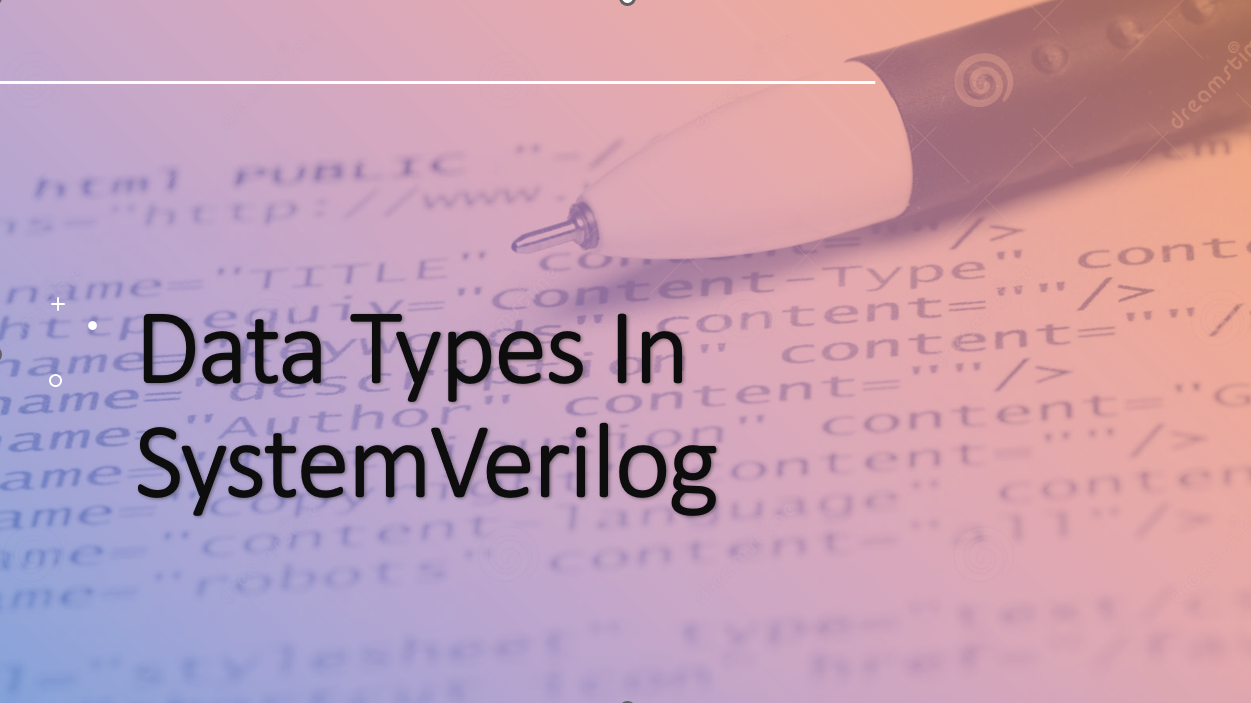What is debugging in Design Verification?
Debugging in the design verification field refers to the process of identifying and correcting errors (bugs) in a design. Debugging is a critical part of the verification process as it helps to ensure that the design meets the specifications and performs as intended.
An easy way to do debugging is by using a systematic
approach. Start by examining the failing test case to determine the behavior
that is causing the failure. Then, try to reproduce the issue in a simpler test
case, which can be easier to debug. Use debugging tools such as waveform
viewers or debuggers to analyze the behavior of the design during the test.
There are several smarter ways to do debugging for
verification tests and bugs:
1. Automated Debugging: Automated debugging tools use
machine learning and artificial intelligence algorithms to analyze test results
and identify the root cause of failures. This can significantly reduce the time
and effort required for debugging.
2. Debug Assertions: Debug assertions are statements written
into the design code that check for specific conditions during the verification
process. If the assertion fails, it triggers an error message, making it easier
to locate the bug.
3. Coverage Analysis: Coverage analysis tools track the
amount of code and functionality that has been tested during the verification
process. By analyzing the coverage results, engineers can identify areas of the
design that have not been adequately tested and focus their debugging efforts
on those areas.
In conclusion, debugging is a critical part of the design
verification process, and a systematic approach combined with the use of
advanced debugging techniques and tools can significantly improve the
efficiency and effectiveness of debugging.
NOTE:- In the coming days will add more details on debugging.



Comments
Post a Comment